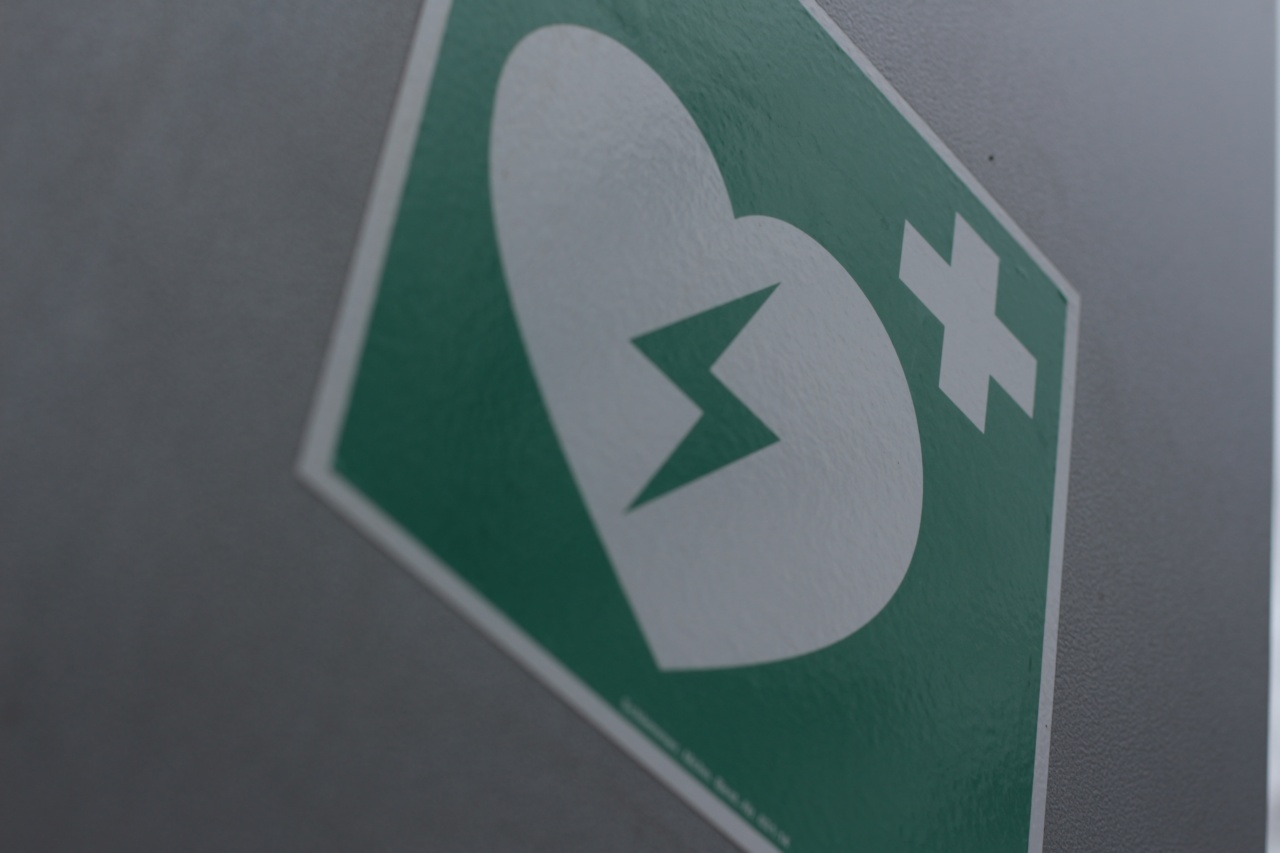Heart health plays a vital role in maintaining overall well-being. The heart, being the powerhouse of the body, supplies blood and oxygen to every organ, ensuring proper functioning.
However, when the arteries that carry blood to the heart become blocked or narrowed, it can lead to serious health issues, such as heart attacks or strokes. Recognizing the signs of artery blockage is crucial for timely intervention and prevention.
In this article, we will explore the various symptoms and risk factors associated with artery blockage and highlight the importance of early detection and lifestyle changes.
The Importance of Heart Health
Before delving into the signs of artery blockage, it’s imperative to understand why heart health is so critical.
The heart is responsible for pumping oxygen-rich blood throughout the body, ensuring cells receive the necessary nutrients and oxygen to function optimally. When the arteries become blocked, this flow is hindered, leading to potential complications.
Artery blockage, also known as atherosclerosis, occurs when fatty deposits called plaque build up on the artery walls. Over time, this plaque can harden and narrow the arteries, restricting blood flow and increasing the risk of heart-related ailments.
Recognizing the Signs of Artery Blockage
Identifying the signs and symptoms of artery blockage is paramount as it helps detect issues before they escalate. Here are some clear indications that there may be a blockage in your arteries:.
1. Chest Pain or Discomfort
Chest pain, also known as angina, is one of the primary signs of artery blockage. The pain may manifest as pressure, tightness, or squeezing sensation in the chest. It commonly occurs during physical exertion or moments of stress but subsides with rest.
2. Shortness of Breath
Artery blockages can cause difficulty in breathing, especially during exertion. As the heart struggles to pump blood efficiently, the lungs may not receive adequate oxygen, leading to breathlessness.
3. Fatigue and Weakness
When the heart has to work harder due to narrowed arteries, it can lead to persistent fatigue and weakness. Reduced blood flow restricts the delivery of oxygen and nutrients to the body, causing an overall feeling of exhaustion.
4. Dizziness or Lightheadedness
Insufficient blood supply to the brain can result in feelings of dizziness or lightheadedness. If you often find yourself feeling faint or woozy, it could be an indication of artery blockage.
5. Heart Palpitations
Irregular or rapid heartbeats, known as heart palpitations, can occur due to artery blockage. These palpitations may feel like a skipped beat or an extra beat, often causing discomfort or anxiety.
6. Swelling in Extremities
In some cases, blocked arteries can lead to edema, or swelling, in the extremities, such as the legs, ankles, or feet. This occurs due to the accumulation of fluid as a result of restricted blood flow.
7. High Blood Pressure
Uncontrolled artery blockage is often associated with high blood pressure. The arteries that have narrowed due to plaque build-up make it harder for the blood to flow through, causing an increase in blood pressure.
8. Changes in Skin Color
In severe cases of artery blockage, the lack of blood flow to certain areas can result in a change in skin color. The affected area may appear pale or blue, indicating a potentially serious condition.
9. Erectile Dysfunction
Artery blockage can also impact sexual health. Men may experience difficulties in achieving or maintaining an erection, as the restricted blood flow affects the ability to get adequate blood supply to the reproductive organs.
10. Gum Disease
Studies have shown a link between artery blockage and gum disease. Chronic inflammation caused by gum disease can contribute to the development and progression of atherosclerosis.
Reducing the Risk of Artery Blockage
While some risk factors for artery blockage, such as age and genetic predisposition, cannot be controlled, certain lifestyle changes can significantly reduce the risk and improve heart health. Here are some recommended steps:.
1. Maintain a Healthy Diet
Consume a balanced diet rich in fruits, vegetables, whole grains, lean proteins, and healthy fats. Reduce the intake of processed foods, saturated fats, salt, and sugary beverages.
2. Engage in Regular Exercise
Aim for at least 150 minutes of moderate-intensity aerobic exercise, such as brisk walking, cycling, or swimming, per week. Incorporate strength training exercises to improve heart health and strengthen muscles.
3. Quit Smoking
Smoking is a major contributor to artery blockage. Quitting smoking can significantly reduce the risk of arterial plaque build-up and improve overall heart health.
4. Manage Stress
Chronic stress can negatively impact heart health. Engage in stress-reducing activities like yoga, meditation, or hobbies to keep stress levels in check.
5. Control Blood Pressure and Cholesterol
Regularly monitor and control blood pressure and cholesterol levels with the help of a healthcare professional. Elevated levels can contribute to artery blockage.
6. Maintain a Healthy Weight
Obesity is a risk factor for artery blockage. Maintain a healthy weight by following a well-balanced diet and staying physically active.
7. Limit Alcohol Consumption
Excessive alcohol consumption can raise blood pressure and contribute to the development of artery blockage. Keep alcohol intake within moderate limits (1 drink per day for women, 2 drinks per day for men).
Conclusion
Artery blockage is a serious health concern that requires attention and proactive measures. By recognizing the signs and risk factors associated with artery blockage, individuals can take appropriate steps to protect their heart health.
Making positive lifestyle choices and seeking medical intervention when necessary can significantly reduce the risk and promote overall well-being.






























